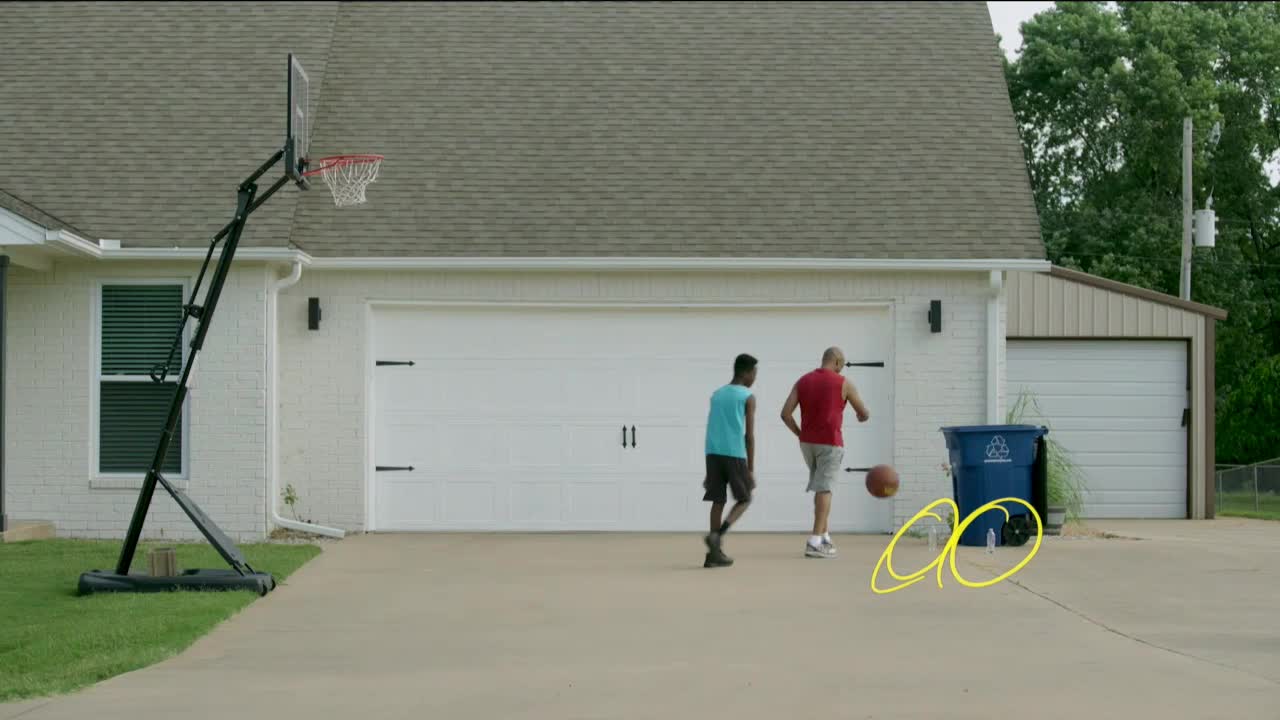Protect Your Pets from Urban Coyotes
July 17, 2024 | Metropolitan Area Planning Commission Meetings, Tulsa, Tulsa County, Oklahoma

This article was created by AI summarizing key points discussed. AI makes mistakes, so for full details and context, please refer to the video of the full meeting. Please report any errors so we can fix them. Report an error »

In a recent community meeting, officials addressed the growing presence of coyotes in the Tulsa area, emphasizing the importance of coexistence and safety measures for residents and their pets. Coyotes have been part of the local ecosystem since the early 20th century, following the decline of larger predators. While they are not nocturnal, their activity increases during mating season from January to March and when young coyotes disperse from family groups between October and January.
Despite being considered a nuisance, coyotes play a crucial role in controlling rodent populations and maintaining ecological balance. However, their presence poses risks to small pets, prompting officials to outline four best practices for residents to minimize negative encounters.
1. **Supervise Pets**: Residents are advised to keep pets indoors or on leashes, especially during dusk and dawn when coyotes are most active. Leaving pets unattended outside can increase the risk of coyote attacks.
2. **Remove Food Attractants**: To deter coyotes, it is essential to secure trash cans, remove pet food bowls, and clear fallen fruit or nuts from yards.
3. **Eliminate Shelters**: Residents should remove potential den sites by clearing tall grass and ensuring there are no accessible spaces under decks or large bushes.
4. **Respond Appropriately**: In the event of a coyote encounter, individuals should stand their ground, avoid running, and use hazing techniques to discourage the animal. This includes making noise, acting large, and slowly backing away from the coyote.
Officials urged residents to contact the Oklahoma Department of Wildlife Conservation for assistance with aggressive coyotes, rather than local animal shelters, which do not handle wildlife issues. By following these guidelines, the community can foster a safer environment for both people and wildlife.
Despite being considered a nuisance, coyotes play a crucial role in controlling rodent populations and maintaining ecological balance. However, their presence poses risks to small pets, prompting officials to outline four best practices for residents to minimize negative encounters.
1. **Supervise Pets**: Residents are advised to keep pets indoors or on leashes, especially during dusk and dawn when coyotes are most active. Leaving pets unattended outside can increase the risk of coyote attacks.
2. **Remove Food Attractants**: To deter coyotes, it is essential to secure trash cans, remove pet food bowls, and clear fallen fruit or nuts from yards.
3. **Eliminate Shelters**: Residents should remove potential den sites by clearing tall grass and ensuring there are no accessible spaces under decks or large bushes.
4. **Respond Appropriately**: In the event of a coyote encounter, individuals should stand their ground, avoid running, and use hazing techniques to discourage the animal. This includes making noise, acting large, and slowly backing away from the coyote.
Officials urged residents to contact the Oklahoma Department of Wildlife Conservation for assistance with aggressive coyotes, rather than local animal shelters, which do not handle wildlife issues. By following these guidelines, the community can foster a safer environment for both people and wildlife.
View full meeting
This article is based on a recent meeting—watch the full video and explore the complete transcript for deeper insights into the discussion.
View full meeting
